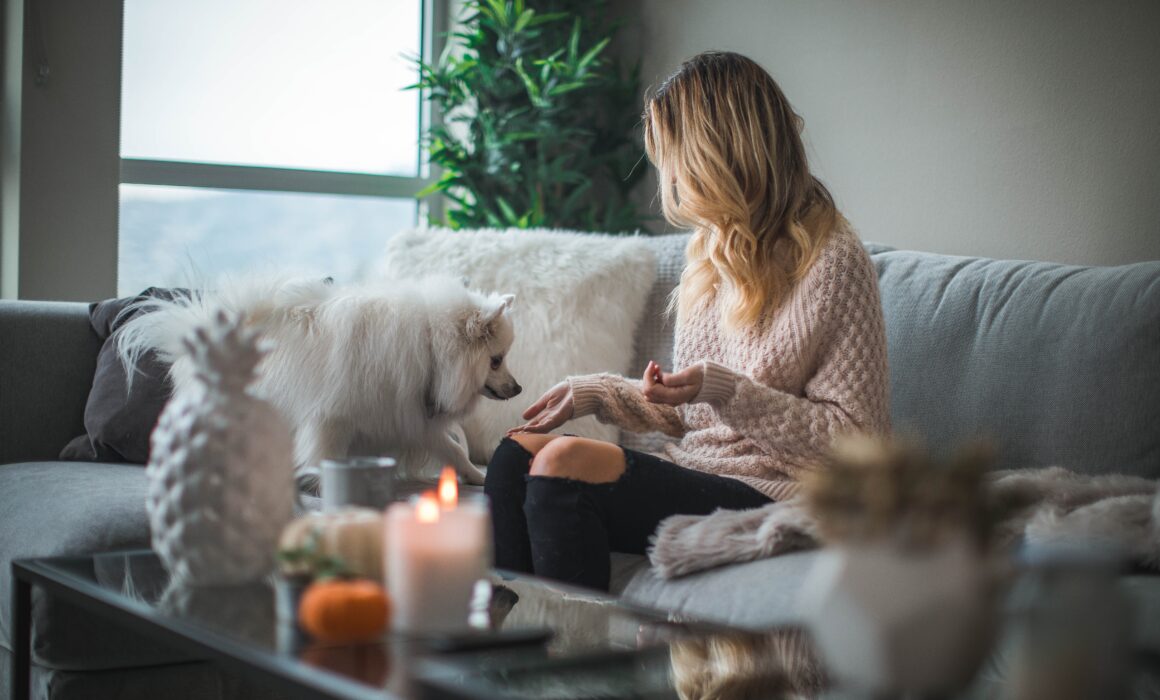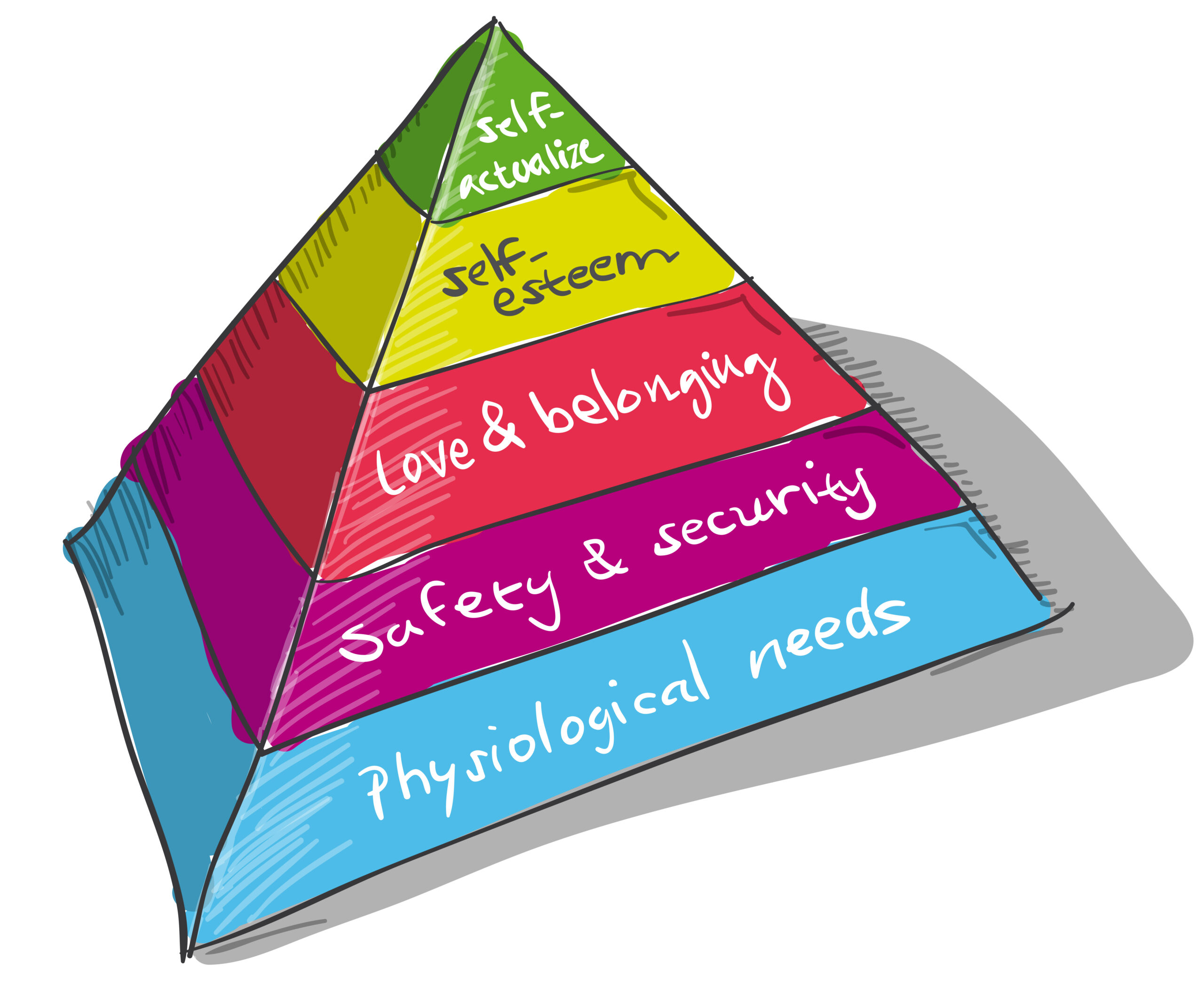strengthening the connection with your teen
Are you a parenting teen?
Navigating the teenage years can be a challenging yet transformative experience for both you and your teenager. As a psychotherapist who works with teenagers dealing with anxiety and trauma, I understand the importance of attunement in nurturing a healthy parent-teenager relationship. In this blog post, I’ll provide you with two concrete examples of how you can attune to your teenagers’ needs.
Example 1: Active Listening
Imagine your teenager comes home from school, visibly upset. They may have had a tough day dealing with academic pressures, social dynamics, or other challenges. Here’s how you can use active listening to attune to their emotions:
Create a Safe Space: Find a quiet, comfortable spot where you can talk without distractions. Let your teenager know you’re there to listen and support them.
Listen Actively: Pay full attention to what they’re saying. Maintain eye contact, nod, and use verbal cues like “I see” or “Tell me more” to show you’re engaged.
Avoid Judgment: Even if you don’t fully understand or agree with their perspective, refrain from passing judgment. This is a moment for them to express their feelings without fear of criticism.
Reflect Back: After they’ve shared, paraphrase what you’ve heard to ensure you understood correctly. For example, you could say, “It sounds like you had a tough time with your classmates today.”
By actively listening, you provide a safe and empathetic space for your teenager to express their emotions, fostering a stronger connection.
Example 2: Validation and Empathy
Teenagers often grapple with a range of emotions and self-discovery. Here’s how you can use validation and empathy to support them:
Acknowledge Their Feelings: When your teenager expresses their emotions, validate their feelings by saying something like, “I can see that you’re feeling really frustrated right now.”
Empathize with Their Experience: Share your understanding by saying, “I remember how tough it was when I was your age and dealing with similar situations.”
Avoid Minimizing or Dismissing: Refrain from saying things like, “It’s not a big deal” or “You’ll get over it.” Such responses can invalidate their emotions.
Offer Comfort: Sometimes, a simple, reassuring hug can convey your support and understanding when words may fall short.
By validating your teenager’s emotions and showing empathy, you let them know that their feelings are valid, which can significantly boost their self-esteem.
In conclusion, attuning to your teenagers is an essential aspect of nurturing a healthy parent-teenager relationship. By actively listening and validating their emotions, you create an environment where they feel heard and understood. Remember that it’s a continuous process, and building trust takes time. Be patient with yourself and your teenager as you work together to strengthen your connection.
Your role as a parent plays a crucial part in helping your teenager navigate the challenges of adolescence. Your attunement can provide them with the emotional support they need to cope with anxiety and trauma effectively, ultimately contributing to their sense of self-worth and well-being.
Keep these examples in mind as you continue your journey as a parent, and don’t hesitate to reach out for professional guidance if needed. Your commitment to attunement will make a significant difference in your teenager’s life.
























